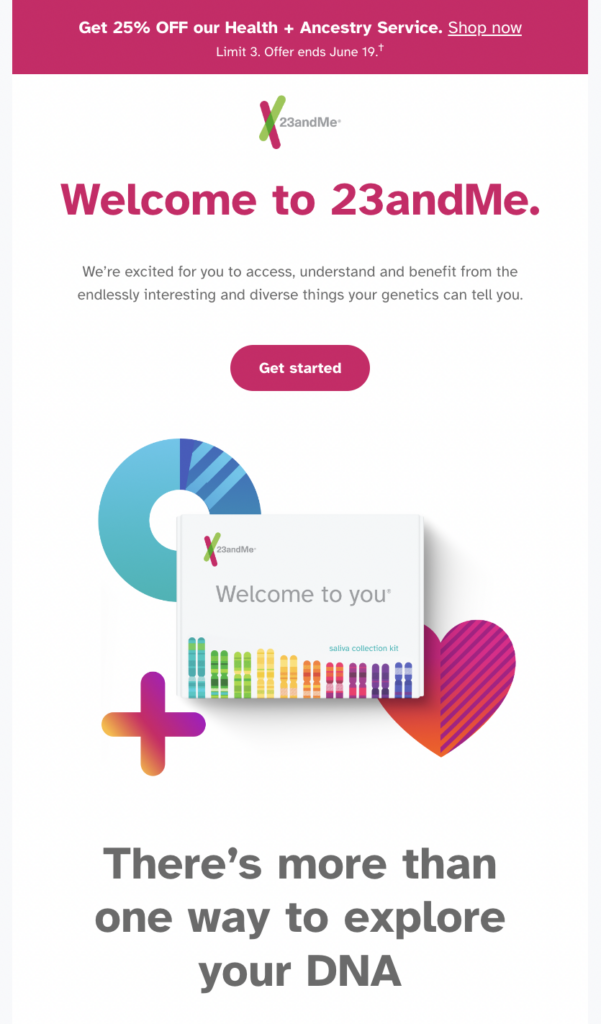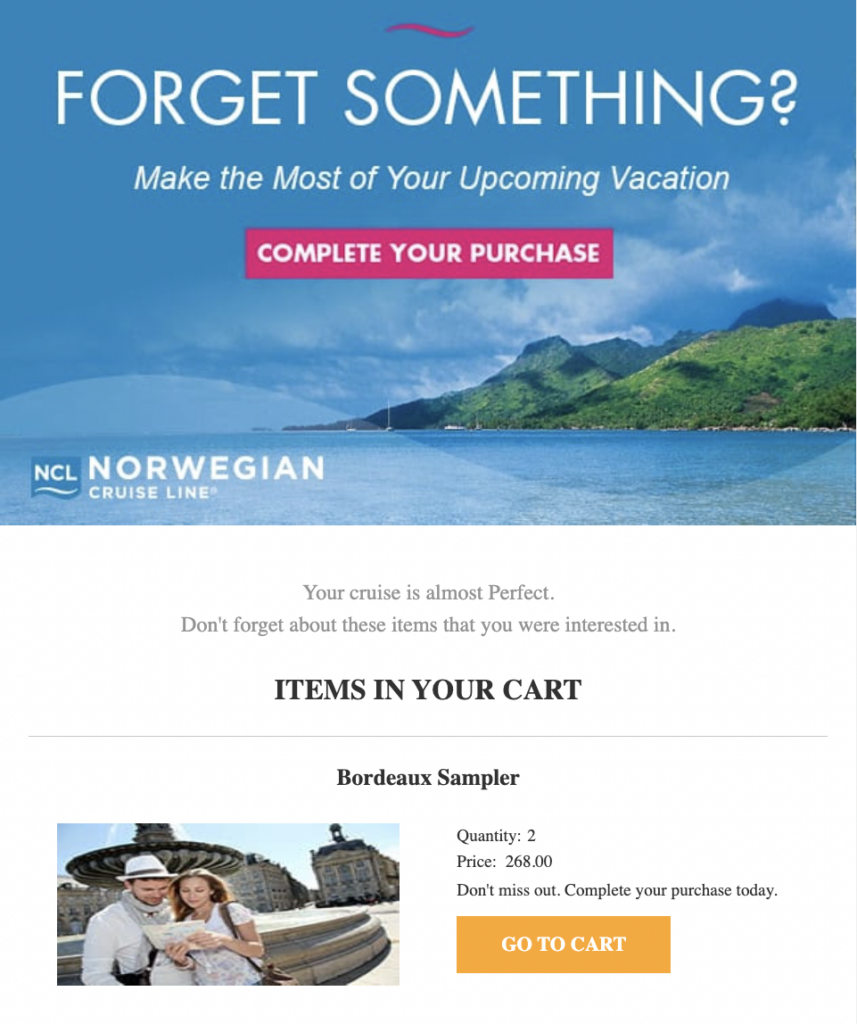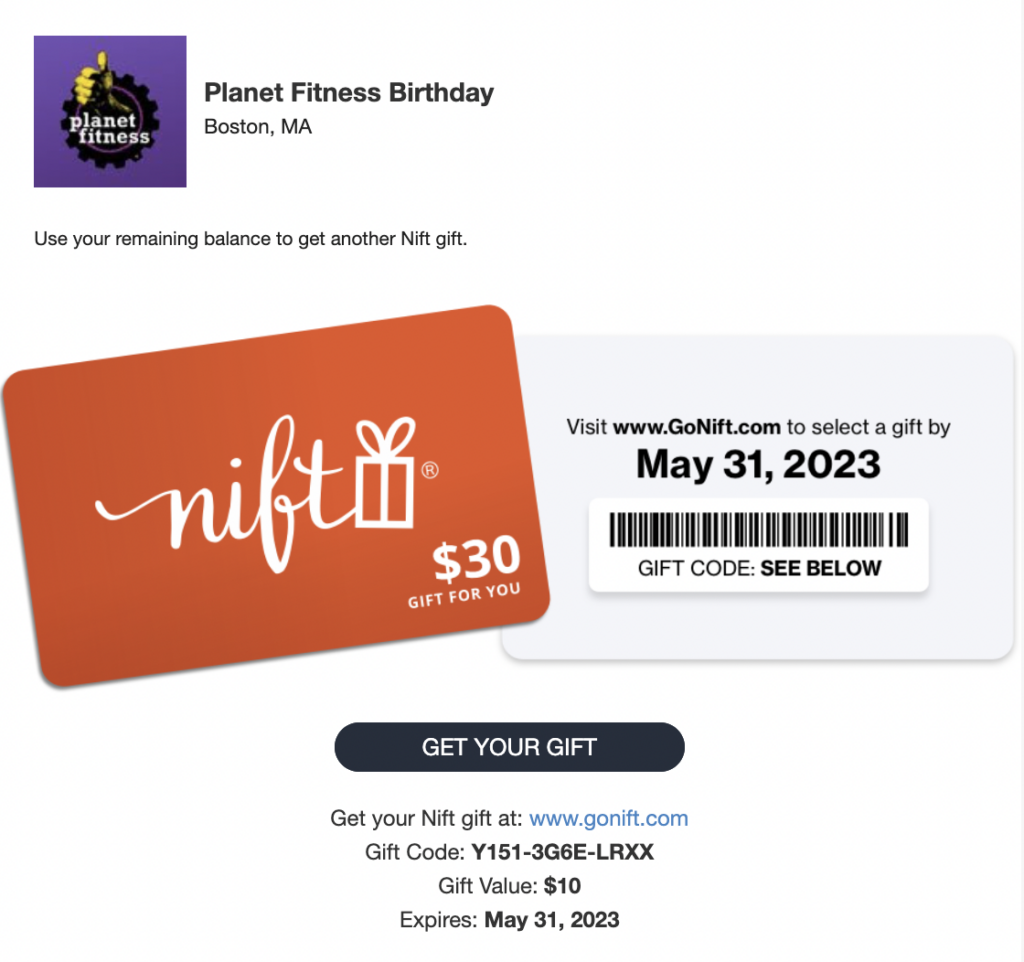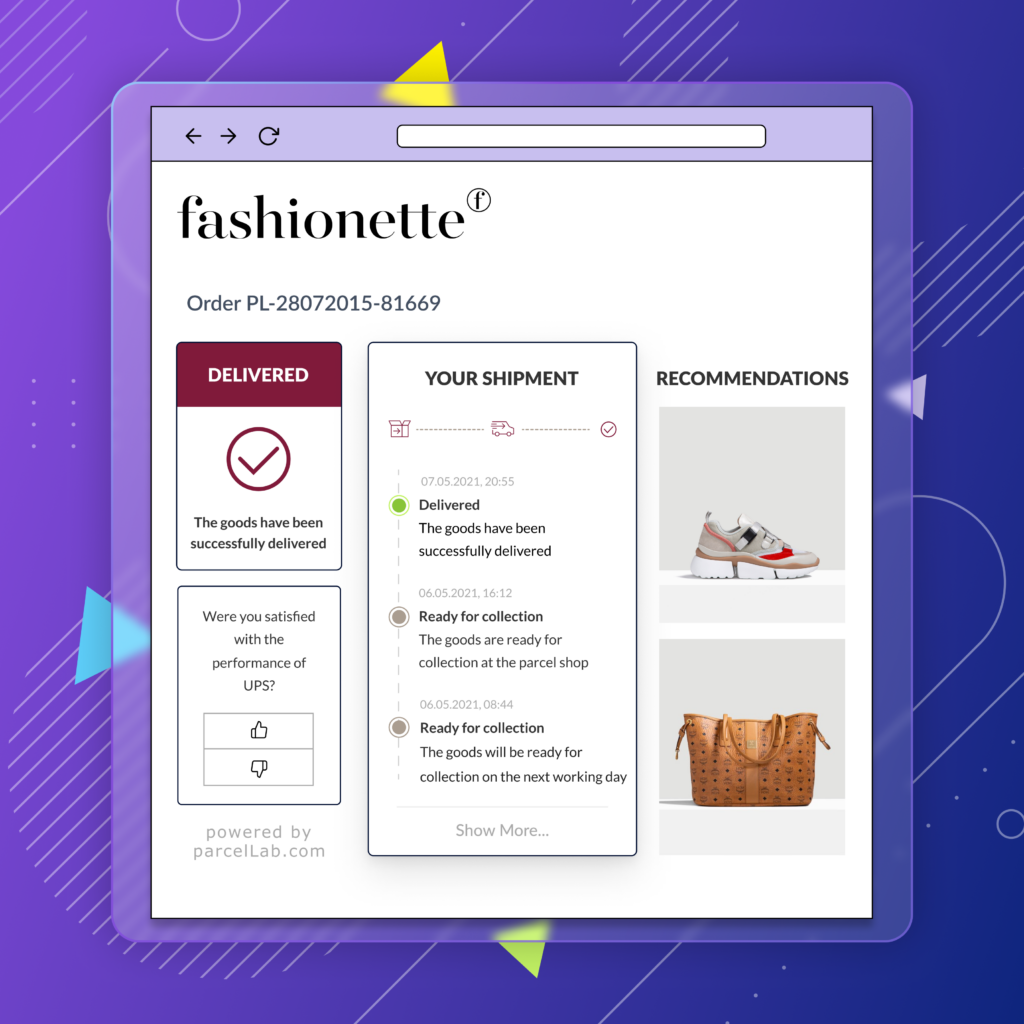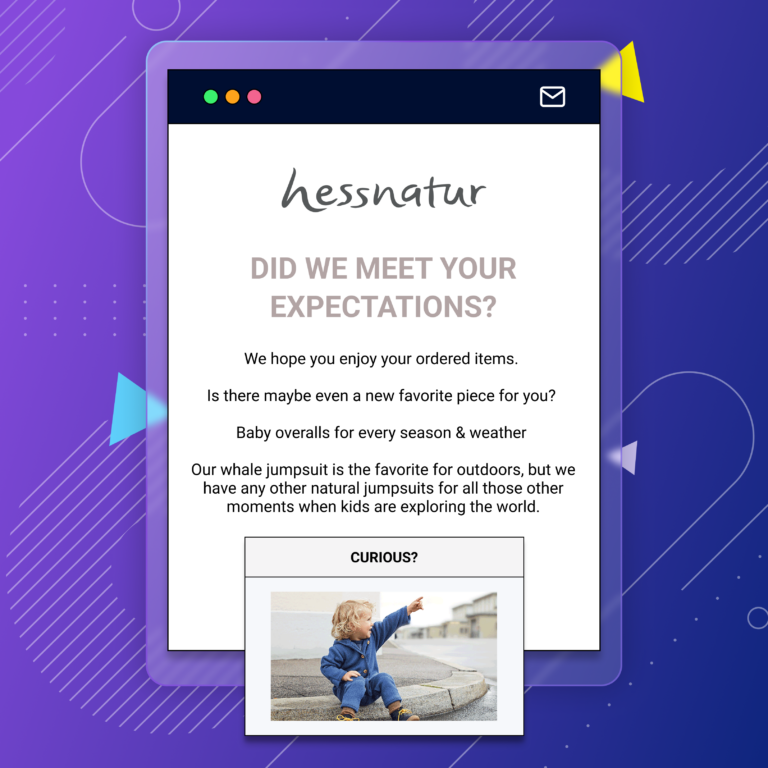Marketing is also involved even after you’ve secured a sale. Forward-thinking brands recognize the importance of post-purchase marketing, which typically involves keeping customers engaged through order notifications, upsells, feedback requests, and more.
Needless to say, ecommerce marketers have a lot on their plates, which is why it truly makes sense to streamline certain parts of the process.
This is where ecommerce marketing automation comes in.
What is ecommerce marketing automation?
As the term suggests, ecommerce marketing automation involves putting certain marketing activities on autopilot. This is mainly done through software tools, which are designed to automate repetitive tasks such as email marketing, social media posting, and ad campaigns.
The objective of ecommerce automation is to streamline marketing processes, so merchants can target and engage customers efficiently and effectively.
When implemented properly, ecommerce automation helps brands save time and reduce ecommerce expenses, while keeping customers happy in the process.
How to increase ecommerce revenue with marketing automation
Ecommerce marketing automation can directly impact your ecommerce sales and revenue. Here’s how.
Use it to automate revenue-generating activities
In many instances, marketing automation can do the selling so you don’t have to.
Dropped a new product line? Use marketing automation tools to announce it to your customers at the right time. That shopper who abandoned their cart midway? You can automate a gentle reminder email that nudges them to complete the purchase.
Marketing automation can even be implemented during the post-purchase stage of the shopping experience. Order notifications, post-purchase upselling, and cross-selling can all be placed on autopilot.
Recognize that marketing automation can improve customer relationships
Automation + personalization = a winning combination in ecommerce.
Marketing automation makes this easy by streamlining tasks like audience segmentation and tailored communications.
This, in turn, leads to better customer relationships and helps increase conversion rates. Research shows that people are much more likely to purchase products from brands that offer personalized experiences. In fact, research from McKinsey found that “Companies that grow faster drive 40 percent more of their revenue from personalization than their slower-growing counterparts.”
Use it for maximizing efficiency and profits
Marketing automation frees up your team’s time and resources, so they can spend more energy on revenue-generating activities. Rather than manually sending out emails or segmenting subscribers, marketing teams can focus on ideating or implementing campaigns that drive even more sales.
Leverage marketing automation insights
Virtually all marketing automation solutions in the market have reporting capabilities that shed light on key performance indicators. Whether you’re tracking open rates, clicks, or customer ratings, you can typically rely on your marketing system to surface those metrics for you.
From there, you can identify areas of improvement and focus on maximizing efficiency and profits.
Strategies for ecommerce marketing automation
| Marketing automation activity | Purpose |
|---|---|
| Welcome emails | Greet new subscribers and set the tone for future communications. |
| Abandoned cart reminders | Prompt customers to complete purchases they started but didn't finish. |
| Milestones and anniversaries | Celebrate key events and build a stronger relationship with each customer. |
| Post-purchase communications | Confirm orders, provide updates, and cross-sell or upsell. |
| Feedback requests | Gather insights for improvement and generate reviews for social proof. |
An ecommerce marketing automation strategy will look different from one brand to another. While one brand may find success with automated email campaigns targeting cart abandoners, another may thrive with automation focused on personalized product recommendations, engaging nurture sequences, and post-purchase communications.
Often, it’s all of the above. The best marketing automation strategies have multiple components geared towards different parts of the retail journey.
Here are some examples.
Welcome emails
This is the first email a customer receives when they sign up for your email list or create an account on your website. It’s an opportunity to introduce your brand, set expectations, and even provide a welcome discount to encourage their first purchase.
The genetic testing company 23andMe, for example, sends a welcome email when you sign up. This email also contains a discount to encourage users to make a purchase.
Abandoned cart reminders
Have you ever added an item to your cart only to leave the site without making a purchase? This is where abandoned cart emails come into play. These automated messages are meant to remind customers of what they left behind and encourage them to finish the transaction.
Here’s an example from Norwegian Cruise Line (NCL)’s ecommerce marketing automation strategy. If you add a cruise, service, or excursion to your cart but leave without buying anything, NCL sends a gentle reminder to go back and complete the checkout process.
Milestones and anniversaries
It’s important to spotlight key events or milestones that customers have with your brand. Whether it’s their birthday or the anniversary of their first purchase, celebrating these events can help strengthen customer relationships and brand loyalty.
Of course, remembering milestones for every single customer is incredibly tedious work. The good news is that you can automate these things with the right platform.
Planet Fitness gym automates its birthday greetings, and to sweeten the deal, Planet Fitness even includes a special offer from one of its brand partners.
Post-purchase comms
These are automated messages sent after a customer has made a purchase. They might include order confirmations, delivery updates, and thank you messages.
Post-purchase communications can also be used to cross-sell or upsell related products, further driving sales.
This is exactly what Fashionette does in its post-purchase communications. As part of its ecommerce automation strategy, Fashionette sends regular order notifications and delivery updates to keep customers informed about their purchases. What’s great about the brand’s approach is that it includes relevant product recommendations in these emails, which further drive traffic back to Fashionette’s website.
As a result, 75% of Fashionette’s customers return to their website, which means more people are going back to look at products and see what the brand has to offer.
Review requests
Review requests can sometimes fall under the “post-purchase comms” category above, but it’s worth highlighting them specifically. These are automated requests for product reviews or customer feedback, typically sent a few days after the product has been delivered. Done right, review requests drive future sales by providing social proof to potential customers. They can also provide valuable feedback for you to improve your products or services.
Hessnatur, a sustainable, ethical fashion brand, understands the importance of collecting customer feedback, which is why it uses parcelLab to automatically prompt customers to write a review at the most optimal time.
“When it comes to asking for product reviews, it’s all about the right timing,” explains Deborah Kirchner Online Marketing Manager at Hessnatur.
“With parcelLab, we have tailored the shipping communication to the various stages of the process and our request reaches our customers exactly when they are happy to hold their parcel in their hands and are really ready to evaluate and give feedback.”
5 ecommerce marketing software solutions to consider
So far, we’ve talked about how marketing automation can drive revenue and the different initiatives that you can implement. Now let’s explore some of the ecommerce marketing software that can power your efforts.
Hubspot
Popular among SMBs and even enterprises, HubSpot is an all-in-one inbound marketing platform that features tools for email marketing, social media management, and content management.
Hubspot’s marketing automation capabilities can power tasks and campaigns like emails, SMS, and forms, among other things.
Marketo
Now part of Adobe, Marketo is a comprehensive marketing automation tool that’s particularly well-suited to medium to large businesses.
It offers robust features for email marketing and lead management. Notable capabilities include the platform’s ability to build and segment audiences using AI, features that automate lead scoring and nurturing, and triggered activities that allow brands to launch personalized campaigns in real time, based on each lead’s activities and actions.
Omnisend
Specifically designed for ecommerce brands, Omnisend offers sophisticated omnichannel marketing automation tools for email, SMS, and more.
Omnisend’s standout features include its automation workflows for cart abandonment, browse abandonment, and product recommendations. It also enables you to run automated campaigns across multiple channels, including email, SMS, and web push notifications.
ActiveCampaign
ActiveCampaign’s marketing automation platform combines email marketing, CRM, and sales automation. It offers highly customizable automation features that can manage a variety of marketing processes, including creating complex email campaigns, segmenting contacts, and even automating internal tasks.
One of its standout features is the ability to create sequences that can branch out based on numerous conditions. You can even “Pull info from every offline and digital channel (social media, live chat, landing pages, text messaging, and everywhere else)” to consolidate and automate your marketing efforts.
parcelLab
parcelLab is a post-purchase experience platform and ecommerce marketing software that offers robust automation capabilities to help you engage customers after you’ve made a sale.
Our solution enables you to automate all post-purchase communications including order alerts, and shipping notifications. parcelLab runs on multiple communication channels (email, SMS, chatbots, mobile push notifications, and messaging apps), ensuring all your bases are covered.
Plus, our automated marketing capabilities help brands keep customers engaged well after you’ve made the sale.
So, what’s the best ecommerce automation solution? To determine that, go back to your needs and requirements. Think about what you’d like your marketing automation strategy to look like, and identify the features and capabilities you need to bring your vision to life. From there, compare different solutions based on these criteria. It’s also helpful to take a demo of the software or even a free trial so you can take it for a spin.
Executing an ecommerce marketing automation platform: how to do it right
So, you’ve found the perfect marketing automation platform and are ready to implement it. How do you ensure that you get up and running smoothly? And how long does the process take?
The answer to these questions depends on the solution that you’re using. At parcelLab, for example our process typically takes two weeks or less, and involves the following steps:
- Set up data transfer
- Set up carrier data transfer
- Add the brand to the parcelLab platform
- Determine the events that trigger customer comms
- Design shipping notifications
- Create shipping notifications
- Add marketing to shipping notification
- Create an embedded tracking page
- Design an embedded tracking page
- Set up portal accounts
- Testing
- Go live
We work closely with your team to carry out these steps, but we do most of the heavy lifting and we configure the system based on your needs.
Other providers may have a more self-serve implementation process, where brands are tasked with importing their data and setting up the platform.
One option isn’t necessarily “better” than the other, as each brand has unique needs and requirements.
That being said, if you’re planning to go the self-serve route, here are a few best practices to consider.
Organize your data
Your marketing automation platform will only be as good as the information you import into it. So, take some time to clean your data, remove duplicates, and see to it that all relevant fields are correctly labeled and formatted.
Remember, a well-structured data set will make the transition to a new system much smoother.
Import your information
Got your data ready to go? Import it into your marketing platform. The specific steps here may vary, but it usually entails uploading CSV or Excel files. In some cases, you can integrated the software with existing systems to transfer data automatically.
Once your data is in the system, double check the info to make sure nothing was missed.
Configure the system
Next up, configure the system based on your needs. The process here will look a little different from one company to another. That said, it usually involves:
- Setting up your marketing automation workflows
- Creating templates (email, SMS, etc)
- Setting up rules and triggers
This will likely be the most time-consuming part of the process. Don’t rush things, and do your best to configure the settings right the first time around. In doing so, you’ll avoid complications and setbacks down the road.
Train your team
Even the best marketing automation platform won’t be effective if your team doesn’t know how to use it. Provide comprehensive training to everyone who will be using the platform. The goal is to help them understand how to use all relevant features and functions.
If possible, get your tech provider involved; have them conduct a few training sessions so the team knows exactly how to use the platform and how to get the most out of it.
Launch the solution
Once everything is set up and everyone is trained, it’s time to go live. Start running your campaigns, and closely monitor the results so you can troubleshoot any issues that arise.
Gather feedback and improve
Closely monitor how things are going with your new marketing automation software. Gather feedback from your team and use their input to further refine your workflows, processes, and campaigns.
If issues arise, bring it up with your solution provider to get them resolved ASAP.
Improving the success of you retail marketing automation campaigns
Implementing successful marketing automation campaigns requires you to have a solid strategy coupled with a robust ecommerce marketing solution. This means understanding your audience, setting clear objectives, and choosing a platform that can effectively power your strategy.
Also, remember that while marketing to new customers is great, you shouldn’t neglect your post-purchase marketing efforts. A solution like parcelLab enables you to connect and engage with customers after you’ve made a sale.
Our platform helps you keep customers happy during the post-purchase stage of their journey, ultimately increasing brand loyalty and driving repeat business.
Book a demo of parcelLab to discover how our platform can help you unlock these benefits.
Written by


